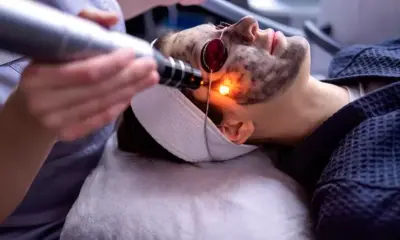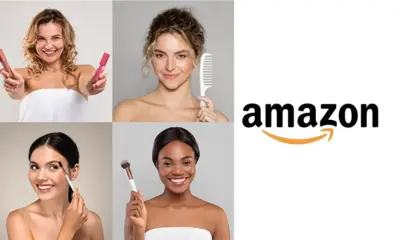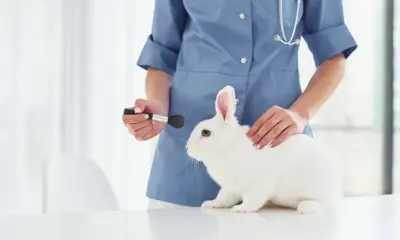Research & Trends
Study finds 80% of Beauty Products for Black Women Contain Harmful Chemicals

Study: Harmful Chemicals in Beauty Products and Their Impact
Introduction to the Study: Harmful Chemicals in Beauty
A recent study reveals that a significant number of beauty products marketed to Black women contain harmful chemicals. The analysis examined over 4,000 beauty products and found that 80% of them included at least one moderately hazardous ingredient. With many products containing multiple harmful chemicals, this study highlights the ongoing risks in beauty product formulations.
The Health Impacts of Harmful Beauty Chemicals
The Study: Harmful Chemicals in Beauty also points out the potential health risks associated with certain beauty products. These include hair straighteners and skin lightening creams. The study suggests that chemical exposure from such products could contribute to higher rates of diseases, such as uterine and breast cancer, in Black women.
These findings build upon a similar 2016 study, which highlighted the lack of progress in ensuring safer beauty products. The recent analysis demonstrates that harmful chemicals remain prevalent, particularly in products marketed to marginalized communities.
Key Harmful Ingredients in Beauty Products
The Study: Harmful Chemicals in Beauty identifies several ingredients of concern, including formaldehyde, quats, and fragrance chemicals. Formaldehyde, commonly used in hair straighteners, is a known carcinogen. Despite the FDA‘s efforts to ban its use, the Trump administration has moved to reverse these regulations.
Quats, used in hair conditioners, are toxic compounds linked to reproductive harm and cancer. Another harmful chemical is isothiazolinones, a preservative that can damage the respiratory system. Additionally, the use of fragrance chemicals, some of which are linked to serious health issues like fertility disruption, has increased since 2016. These chemicals remain largely unregulated in many beauty products.
Progress and Challenges in Cosmetics Regulation
While some progress has been made in reducing harmful chemicals, the study shows a concerning gap in safety. Eight out of nine of the most dangerous chemicals have decreased since 2016. For instance, the use of parabens, a preservative linked to reproductive harm, dropped by 6%. However, more work remains to be done.
Several states have begun pushing for stricter regulations to protect consumers. For example, California’s Toxic-Free Cosmetics Act banned 24 harmful chemicals, including formaldehyde, in 2020. Maryland followed suit in 2021, passing similar legislation. These actions are pressuring companies to reformulate their products to meet safety standards.
What Can Consumers Do?
Consumers can take steps to protect themselves from harmful chemicals in beauty products. The Environmental Working Group (EWG) offers a database that evaluates the safety of over 120,000 personal care products. With this resource, shoppers can make more informed decisions and choose safer alternatives.
Take Action and Make Informed Choices
As state laws and consumer awareness continue to evolve, the beauty industry may face increased pressure to prioritize safety. Stay informed and use resources like the EWG database to ensure the products you choose are safe for your health.
For safer beauty choices and to make a real difference, visit the EWG database today! and read our related post about more study here





















